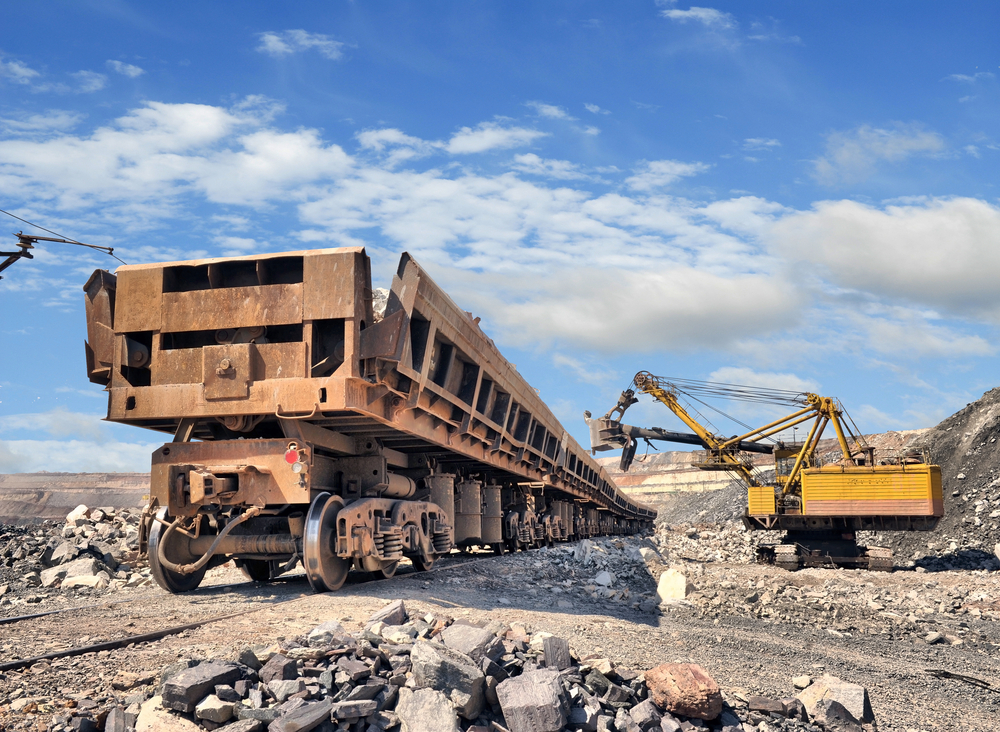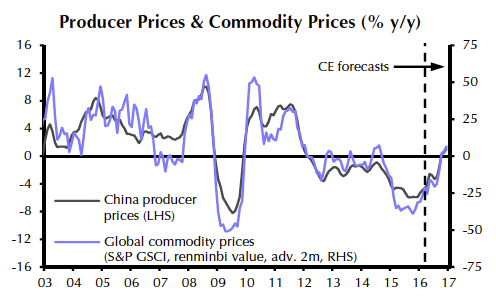
The price of iron ore jumped for the second day in a row on Tuesday with the Northern China benchmark import price adding 4.7% to $58.50 per dry metric tonne (62% Fe CFR Tianjin port) according to data supplied by The Steel Index.
 Iron ore is the top performing commodity for 2016 with a 36.4% rise year to date and a 58% surge from near-decade lows reached mid-December.
Iron ore is the top performing commodity for 2016 with a 36.4% rise year to date and a 58% surge from near-decade lows reached mid-December.
China is responsible for producing nearly half the world’s steel and consume more than 70% of the seaborne trade. Benchmark Shanghai rebar used in construction hit the highest level since June on Tuesday while the Steel Index’s pan-Asian import price of hot rolled steel is up an astonishing 37% within six weeks to a 14-month high.
The outlook for the Chinese economy also received an unexpected boost on Tuesday with the IMF in its World Economic Outlook upping its growth expectations for the country.
The IMF increased its growth forecast by 0.2% to 6.5% for this year, and 6.2% in 2017 citing “resilient domestic demand” and recent stimulus measures announced by Beijing. The predicted growth is well below the 6.9% growth achieved in 2015, but today’s more positive stance comes after three downward adjustments since the beginning of last year.

Source: Capital Economics
One of the best indicators of commodities demand inside the world’s second largest economy snapped a three year losing streak this week with data out on Monday showing the first month-on-month increase in China’s producer price index since 2013.
While still in negative territory (due to declining input costs of raw materials which make up three-quarters of the measure) expectations are for a continued improvement in the pricing power of Chinese industry. As this graph from independent research house Capital Economics shows, and end to factory gate deflation towards the end of the year should help lift commodity prices.